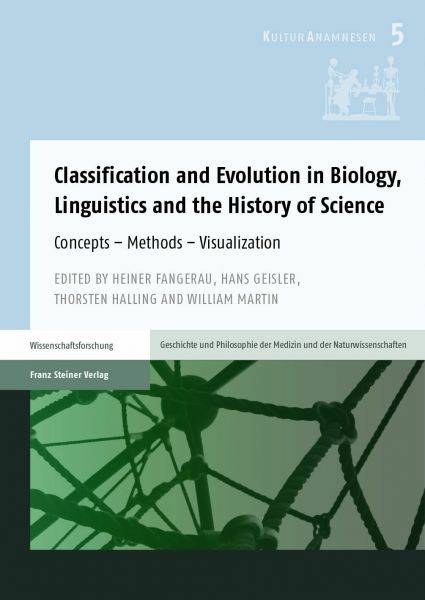Classification and Evolution in Biology, Linguistics and the History of Science
Concepts - Methods - Visualization
While Darwin's grand view of evolution has undergone many changes and shown up in many facets, there remains one outstanding common feature in its 150-year history: since the very beginning, branching trees have been the dominant scheme for representing evolutionary processes. Only recently, network models have gained ground reflecting contact-induced mixing or hybridization in evolutionary scenarios. In biology, research on prokaryote evolution indicates that lateral gene transfer is a major feature in the evolution of bacteria. In the field of linguistics, the mutual lexical and morphosyntactic borrowing between languages seems to be much more central for language evolution than the family tree model is likely to concede. In the humanities, networks are employed as an alternative to established phylogenetic models, to express the hybridization of cultural phenomena, concepts or the social structure of science. However, an interdisciplinary display of network analyses for evolutionary processes remains lacking. Therefore, this volume includes approaches studying the evolutionary dynamics of science, languages and genomes, all of which were based on methods incorporating network approaches.
weniger anzeigen expand_lessVersandkostenfreie Lieferung! (eBook-Download)
Als Sofort-Download verfügbar
- Artikel-Nr.: SW269446
- Artikelnummer SW269446
-
Autor
William Martin
- Mit Heiner Fangerau, Hans Geisler, Thorsten Halling, William Martin
- Wasserzeichen ja
- Verlag Franz Steiner Verlag
- Seitenzahl 198
- Veröffentlichung 01.01.2013
- Barrierefreiheit
- ISBN 9783515105897
- Mit Heiner Fangerau, Hans Geisler, Thorsten Halling, William Martin

